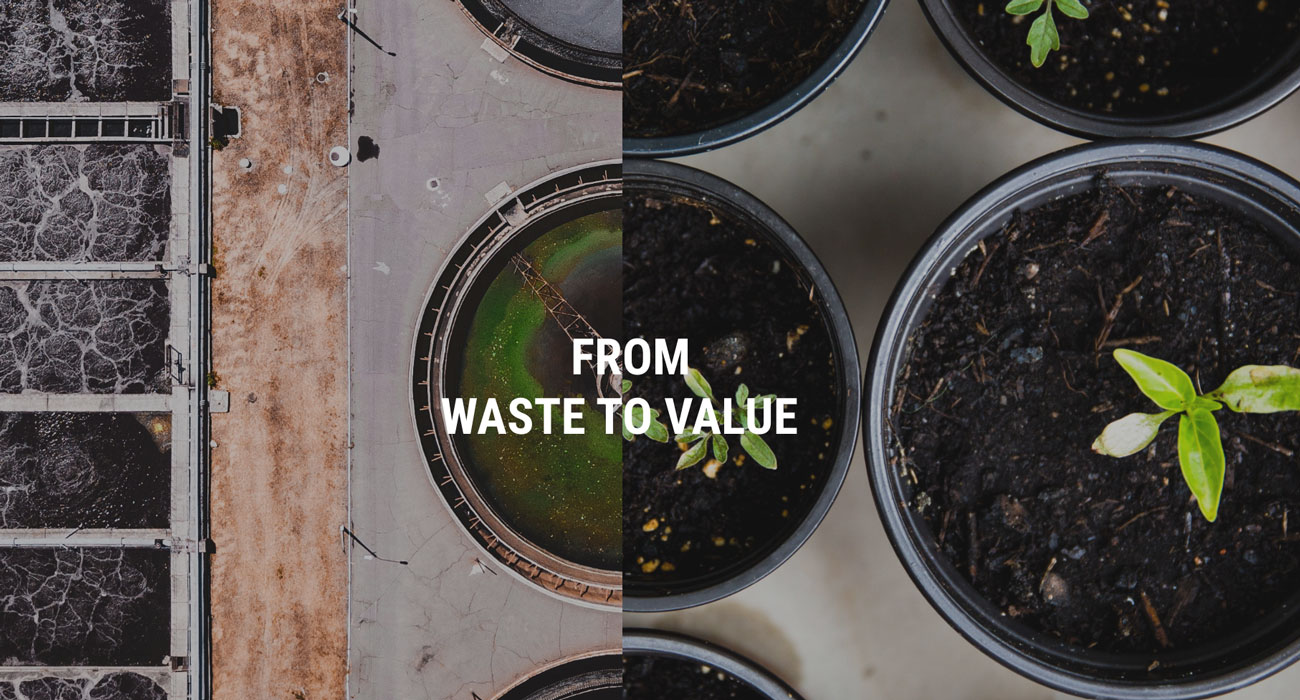In the pursuit of sustainable waste management practices and environmental stewardship, the utilization of pyrolysis technology for the conversion and reuse of garden waste emerges as a viable solution. This innovative approach not only addresses the challenges of organic waste management but also contributes to the establishment of a closed-loop carbon cycle, fostering soil health, carbon sequestration, and resource conservation.
Understanding Pyrolysis and Its Role in Waste Conversion
Pyrolysis is a thermochemical process that involves the decomposition of organic materials at elevated temperatures in the absence of oxygen. During pyrolysis, complex organic compounds present in garden waste, such as cellulose, lignin, and hemicellulose, undergo thermal degradation, yielding a range of valuable end products, including biochar, bio-oil, and syngas.
Significance of Garden Waste Management
Garden waste, comprising fallen leaves, grass clippings, pruned branches, and organic debris, constitutes a significant portion of municipal solid waste. Improper disposal of garden waste can lead to environmental pollution, greenhouse gas emissions, and soil degradation. Therefore, adopting sustainable strategies for garden waste management is imperative for mitigating environmental impacts and promoting circularity in resource utilization.
Role of Pyrolysis in Waste Conversion
Pyrolysis technology offers a sustainable and resource-efficient method for converting garden waste into valuable products. By subjecting garden waste to controlled pyrolysis conditions, organic matter is transformed into biochar, a carbon-rich material with soil conditioning properties, bio-oil, a renewable energy source, and syngas, a precursor for chemical synthesis and fuel production.
Biochar Production Equipment: Key Components and Operation
Components of Biochar Production Equipment
Biochar production equipment encompasses a range of specialized machinery and systems designed for the efficient conversion of organic biomass into biochar. Key components of biochar production equipment include pyrolysis reactors, feeding systems, heating units, gas collection systems, and product recovery units. These components work synergistically to facilitate the pyrolysis process and ensure optimal product yields and quality.
Operation of Biochar Production Equipment
The operation of biochar production equipment begins with the loading of garden waste into the pyrolysis reactor, where it undergoes thermal decomposition under controlled temperature and residence time conditions. The heating unit provides the necessary heat energy for the pyrolysis process, while the gas collection system captures and separates the resulting syngas for further processing. The biochar and bio-oil produced are then recovered and can be utilized for various applications, including soil amendment, energy generation, and industrial processes.
Benefits of Pyrolysis and Reuse of Garden Waste
Soil Health and Fertility Improvement
The application of biochar derived from garden waste has been shown to improve soil health and fertility significantly. Biochar acts as a stable carbon sink, enhancing soil structure, water retention, and nutrient cycling. Moreover, biochar serves as a habitat for beneficial microorganisms and promotes microbial activity in the soil, thereby enhancing nutrient availability and plant growth.
Carbon Sequestration and Climate Change Mitigation
The incorporation of biochar into soil contributes to long-term carbon sequestration, effectively mitigating greenhouse gas emissions and combating climate change. By stabilizing organic carbon in the soil, biochar helps to mitigate soil degradation and erosion, thereby preserving soil carbon stocks and enhancing ecosystem resilience to environmental stresses.
Resource Conservation and Waste Reduction
Pyrolysis and reuse of garden waste offer significant benefits in terms of resource conservation and waste reduction. By converting organic waste into valuable products such as biochar and bio-oil, pyrolysis technology facilitates the utilization of renewable resources and reduces reliance on fossil fuels. Additionally, the diversion of garden waste from landfills helps to alleviate pressure on waste disposal infrastructure and minimize environmental pollution.

Challenges and Future Directions
Technological Advancements
Despite its potential benefits, the widespread adoption of biochar production equipment faces technical challenges that require further research and development. Enhancements in pyrolysis reactor design, process optimization, and product characterization are needed to improve efficiency, scalability, and cost-effectiveness. Additionally, advancements in feedstock preprocessing and gas cleaning technologies can enhance the overall performance and sustainability of biochar production systems.
Policy and Regulatory Support
The successful implementation of pyrolysis and reuse of garden waste depends on supportive policy frameworks and regulatory incentives. Governments and regulatory agencies play a crucial role in promoting the adoption of sustainable waste management practices and incentivizing investment in biochar production infrastructure. Policy measures such as tax incentives, subsidies, and renewable energy mandates can stimulate market demand for biochar and encourage private sector participation in waste-to-energy initiatives.
Public Awareness and Education
Public awareness and education are essential for fostering community engagement and acceptance of pyrolysis technology for garden waste management. Outreach programs, educational campaigns, and demonstration projects can help to raise awareness about the environmental benefits of biomass pyrolysis equipment and encourage individuals, communities, and businesses to participate in organic waste recycling initiatives. Additionally, knowledge sharing and capacity building efforts can empower stakeholders to make informed decisions about sustainable waste management practices and contribute to the realization of a circular economy.
Conclusion: Towards Sustainable Waste Management and Carbon Neutrality
In conclusion, pyrolysis and reuse of garden waste represent a promising pathway towards achieving carbon neutrality and promoting sustainable waste management practices. By harnessing the potential of biochar production equipment, organic waste can be converted into valuable resources, thereby closing the loop in the carbon cycle and mitigating environmental impacts. However, addressing technical, regulatory, and socio-economic challenges is essential to realizing the full potential of pyrolysis technology and realizing the vision of a circular economy built on principles of resource conservation, environmental stewardship, and climate resilience. Through collaborative efforts and innovative solutions, we can pave the way towards a greener, cleaner, and more sustainable future for generations to come.


Comments
No comments yet. Be the first to react!